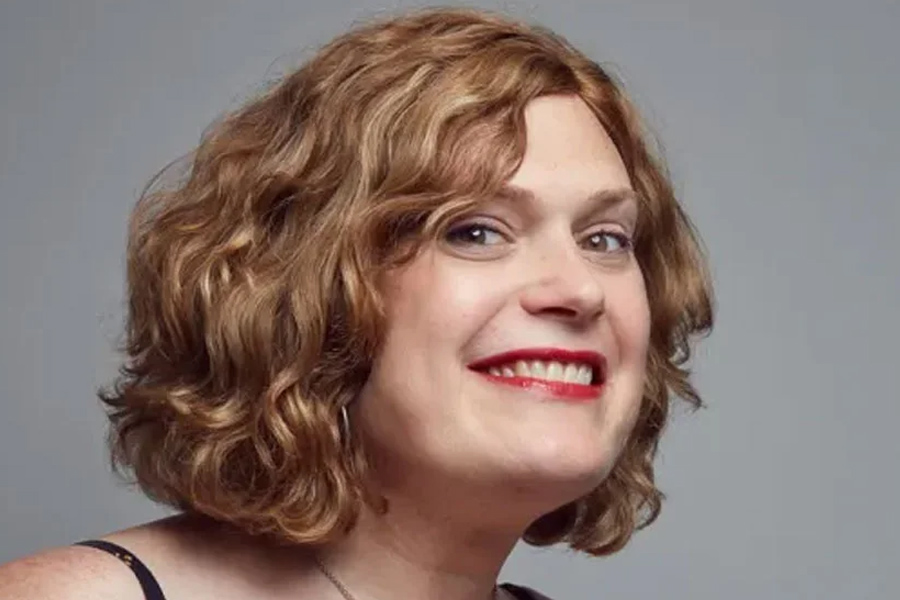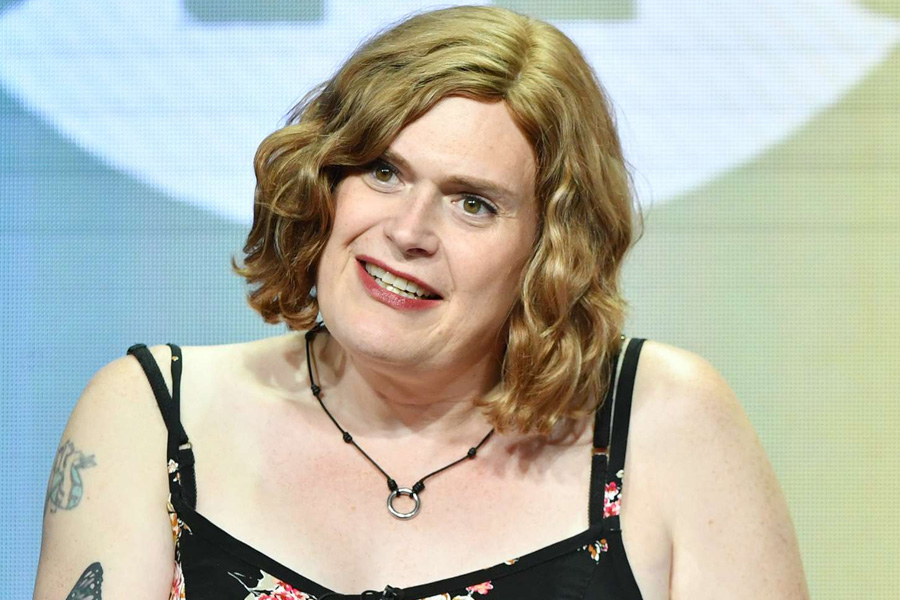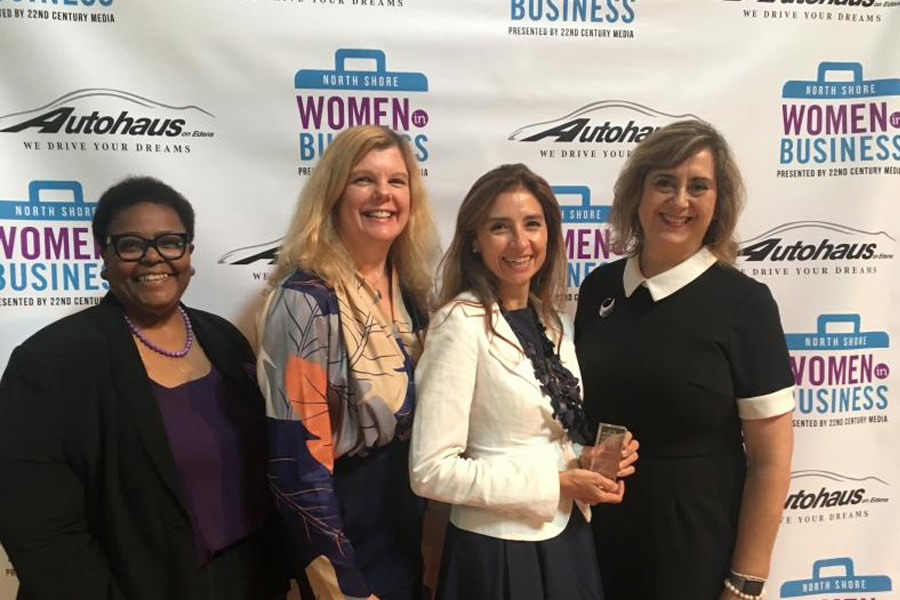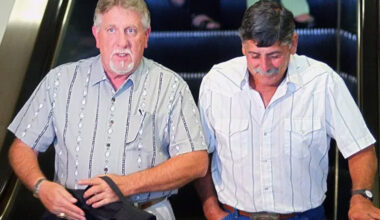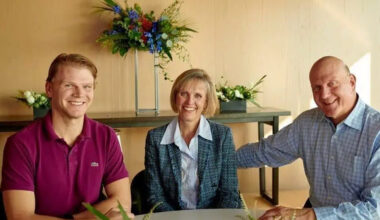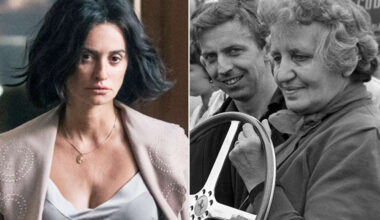Basic Information
| Field | Detail |
|---|---|
| Name | Julie Wachowski |
| Occupation | Writer, screenwriter, educator, workshop facilitator |
| Known For | Creative-writing workshops; Amherst Writers & Artists (AWA) facilitation; early film crew credit |
| Notable Credit | Assistant coordinator, Bound (1996) |
| Affiliations | Amherst Writers & Artists (AWA) |
| Family (public) | Sisters: Lana Wachowski, Lilly Wachowski, Laura Wachowski; Parents: Ron Wachowski, Lynne (née Luckinbill) Wachowski; Maternal uncle: Laurence Luckinbill |
| Hometown/Roots | Chicago area |
| Years Active | 1990s–present |
| Focus Areas | Fiction, screenwriting, adult education, workshop leadership |
Early Life and Family Roots
Some families become shorthand for a creative era. The Wachowskis—best known to the world through Lana and Lilly’s boundary-pushing filmography—grew out of a Chicago household that blended pragmatism with art. In that household, Julie Wachowski carved her own path, first touching film production in the mid-1990s and then building a steady, writerly life anchored in community, workshops, and the long practice of the page.
Julie’s parents, Ron Wachowski and Lynne (née Luckinbill) Wachowski, raised their children in the Chicago area. From that foundation came four sisters—Lana, Lilly, Julie, and Laura—plus a wider creative orbit that includes their maternal uncle, actor and producer Laurence Luckinbill. The family’s story is often told through the neon-green code of The Matrix or the noir polish of Bound, but Julie’s arc shows another tempo: craft over spectacle, mentorship over megaphone.
From Bound to the Page
In 1996, Bound arrived. It was sharp, stylish, and—crucially for Julie’s own timeline—a project on which she served as assistant coordinator. That credit quietly places her near the kinetic epicenter where her sisters began their filmmaking journey. The late-90s independent scene valued scrappy teams and all-hands hustle; working on Bound meant flexibility, logistics, and a steady hand.
From there, Julie’s focus moved decisively to writing and teaching. Rather than chasing studio lots, she chose a different set: rooms where writers gather, share pages, and try the trembling alchemy of turning life into stories. Her role as a facilitator with Amherst Writers & Artists (AWA) fits that sensibility. AWA is known for its method that invites generative writing in an affirming space, prioritizing voice, presence, and process. It’s the difference between a film set and a circle of chairs—still a collective act, still creative, but slower, quieter, and deeply human.
Teaching, Workshops, and the Craft Mindset
Julie’s workshops underscore a few durable beliefs: that stories flourish when risk feels safe; that good criticism distinguishes between intention and execution; and that the act of writing is a practice, not a performance. In her approach, the facilitator is both gardener and neighbor—tending conditions, demystifying tools, and leaving space for surprise.
For working writers, this pedagogy is not ornamental. It’s infrastructure. A routine, a community, and a way to keep moving through the valleys between drafts. Across the 2010s and into today, Julie’s calendar and public appearances reflect this commitment: facilitating sessions, reading publicly at literary events, and identifying herself first and foremost as a novelist and screenwriter in progress.
Family Tree Snapshot
| Name | Relation | Notability |
|---|---|---|
| Ron Wachowski | Father | Chicago-based businessman; family patriarch |
| Lynne (née Luckinbill) Wachowski | Mother | Nurse and painter |
| Lana Wachowski (b. 1965) | Sister | Filmmaker; co-creator of Bound, The Matrix, Cloud Atlas, Sense8 |
| Lilly Wachowski (b. 1967) | Sister | Filmmaker; partner in the Wachowski body of work |
| Laura Wachowski | Sister | Maintains a lower public profile |
| Laurence Luckinbill | Maternal Uncle | Actor and producer; Emmy-winning work |
Selected Credits and Milestones
| Year | Milestone |
|---|---|
| 1996 | Assistant coordinator on Bound, the debut feature directed by Lana and Lilly |
| 2000s–2010s | Expands focus on fiction and screenwriting; begins leading creative-writing workshops |
| 2013 | Public reading/appearance on a Chicago-area literary stage |
| 2010s–present | Continues facilitating Amherst Writers & Artists workshops; active as a writer and educator |
The Wachowski Context: A Shared but Varied Orbit
It’s tempting to compress a family into a single cultural headline. The Wachowskis’ cinematic influence is undeniable, and the narratives around them—genre revolutions, trans visibility, creative risk—have shaped 21st-century storytelling. Julie’s story is part of that continuum but not a derivative. Where her sisters orchestrate the spectacle of set pieces and serialized television, Julie sustains the long attentions of the page: character, cadence, structure, revision.
In the broader family constellation, each member’s trajectory feeds the others indirectly. Streams converge into a river, a film credit bolsters credibility in a different medium, and a shared sense of possibility sustains careers across decades. If Lana and Lilly’s films ask what’s real, Julie’s practice asks how language makes it feel real—line by line, draft by draft.
Work on the Ground: What a Facilitator Actually Does
The title “workshop facilitator” sounds serene, but it’s closer to a conductor’s baton. In a typical session, a facilitator proposes prompts, sets time, monitors dynamics, reads the room for who needs air and who needs anchoring, and keeps the critique focused on the writing at hand. The AWA method adds guardrails that keep the space generative: writers read, listeners name what’s strong or striking, and feedback avoids prescriptive line edits until invited.
Julie’s presence in this world functions like a lighthouse for newer writers. She creates conditions where pages accumulate and courage compounds. It’s the kind of work that rarely trends, yet quietly changes lives.
Influence and Identity in the Public Eye
There is a particular dignity in maintaining a modest public profile in a name-brand family. Julie appears where it matters for her art—on program rosters, in workshop directories, at local venues, on a professional site. The rest is left to inference, which is another way of saying she trusts the work to speak. Measured in audience size, that may look small. Measured in depth—stories finished, writers launched, habits formed—it’s anything but.
A Closer Look at Themes and Practice
- Commitment to process: Across the years, Julie’s role emphasizes repeatable practices over one-off highlights.
- Community-centered impact: Workshops, readings, and facilitation place her in collaborative rather than hierarchical creative spaces.
- Cross-medium literacy: Early film experience informs narrative structure and pacing; the page remains her primary canvas.
- Steady visibility: Public appearances surface periodically, aligning with literature and education rather than large-scale publicity cycles.
Timeline: Julie Wachowski in Context
- 1996: Bound releases, with Julie working behind the scenes; a year when indie thrillers punched above their weight.
- 2000s: Julie consolidates her focus on writing and adult education, investing in long-term craft.
- 2010s: Workshop facilitation and public readings anchor her presence in the creative community; 2013 marks a notable reading in the Chicago area.
- 2020s: Ongoing facilitation and writing continue, with a professional footprint aimed at practice, mentorship, and page-by-page progress.
FAQ
Is Julie Wachowski related to the filmmakers Lana and Lilly Wachowski?
Yes. Julie is one of the Wachowski sisters, alongside Lana, Lilly, and Laura.
Did Julie work in film?
Yes. She earned a production credit as assistant coordinator on the 1996 feature Bound.
What is Julie best known for today?
She’s known for her work as a writer, screenwriter, and facilitator of creative-writing workshops, including with Amherst Writers & Artists.
Where is Julie based?
She is associated with the Chicago area and its creative communities.
Does she publish fiction or screenplays?
She identifies professionally as a novelist and screenwriter; her workshop leadership and ongoing writing form the core of her public work.
Is there public information about her net worth?
No reliable public information is available on her personal finances.
How does her work differ from Lana and Lilly’s?
While Lana and Lilly are known for large-scale film and TV projects, Julie focuses on writing, teaching, and community-centered workshops.
Is she active on social media?
Her public presence centers on professional and literary contexts, rather than high-profile social media activity.
What is Amherst Writers & Artists (AWA)?
It’s a facilitation method and community for generative writing workshops that emphasizes supportive, process-focused environments.
What’s a good starting point to explore her work?
Look for her workshop offerings and public readings, which reflect her approach to voice, craft, and community.
